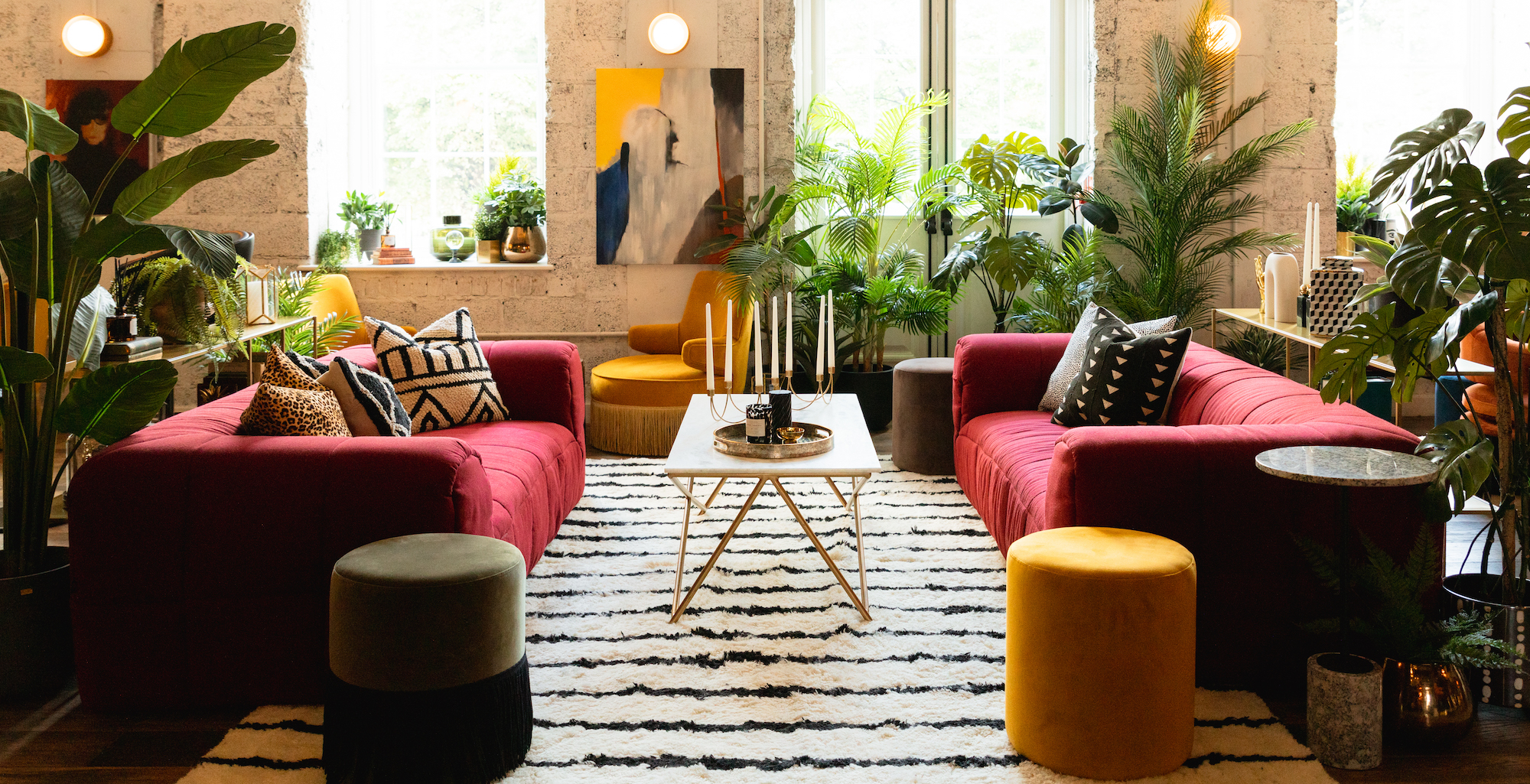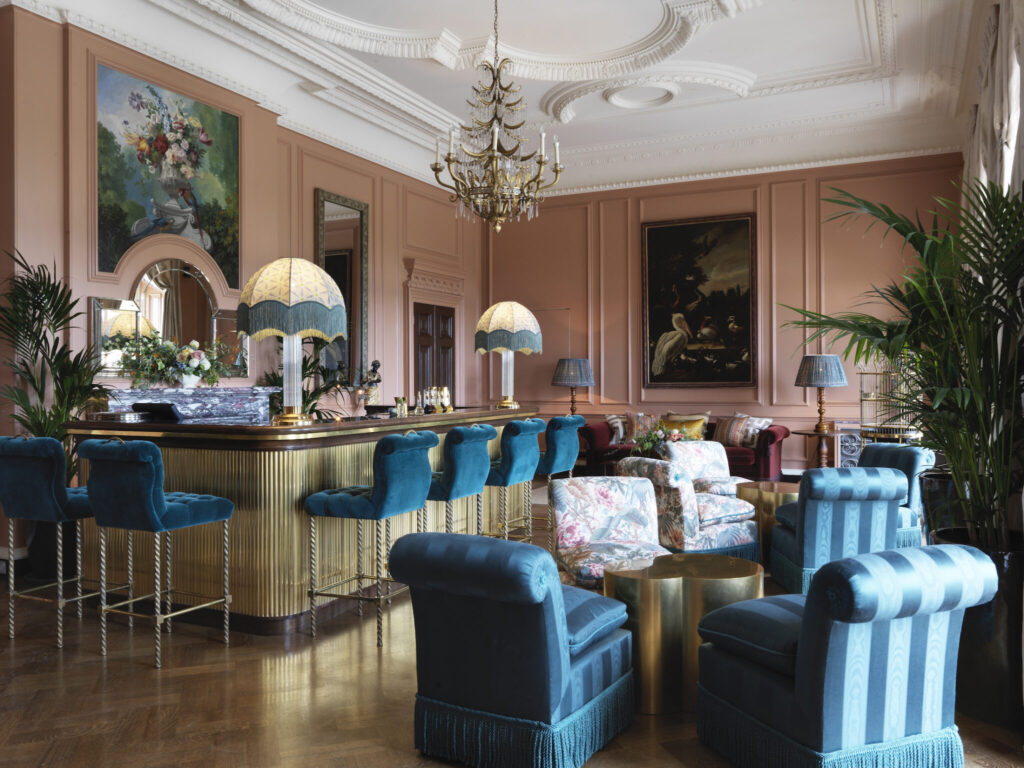It’s something of a paradox that although private members’ clubs are, by their nature, exclusive spaces reserved for the enjoyment of the few, their influence on the wider residential interior design scene is hugely significant. Think of an interiors trend that has emerged in recent years – be it rounded furniture, dark-wood vintage pieces or bathtubs in bedrooms – and there’s a high chance it originated in a club.
This shift arguably originated with the Soho House group, which helped to modernise the members’ club with interiors that were directional and cool, rather than formal and stuffy. It may be forbidden to take photographs inside its houses, but pictures of the Georgian rooms at its original Greek Street location and, in particular, the industrial-chic spaces at its Cotswolds outpost Soho Farmhouse, made their way into the mainstream and on to many a decorating aficionado’s moodboard. With each new opening, it seems, a new design trend is born: for example, the coppery palette of Soho House Nashville, or the pastel tones and faded stripes of Miami Pool House.
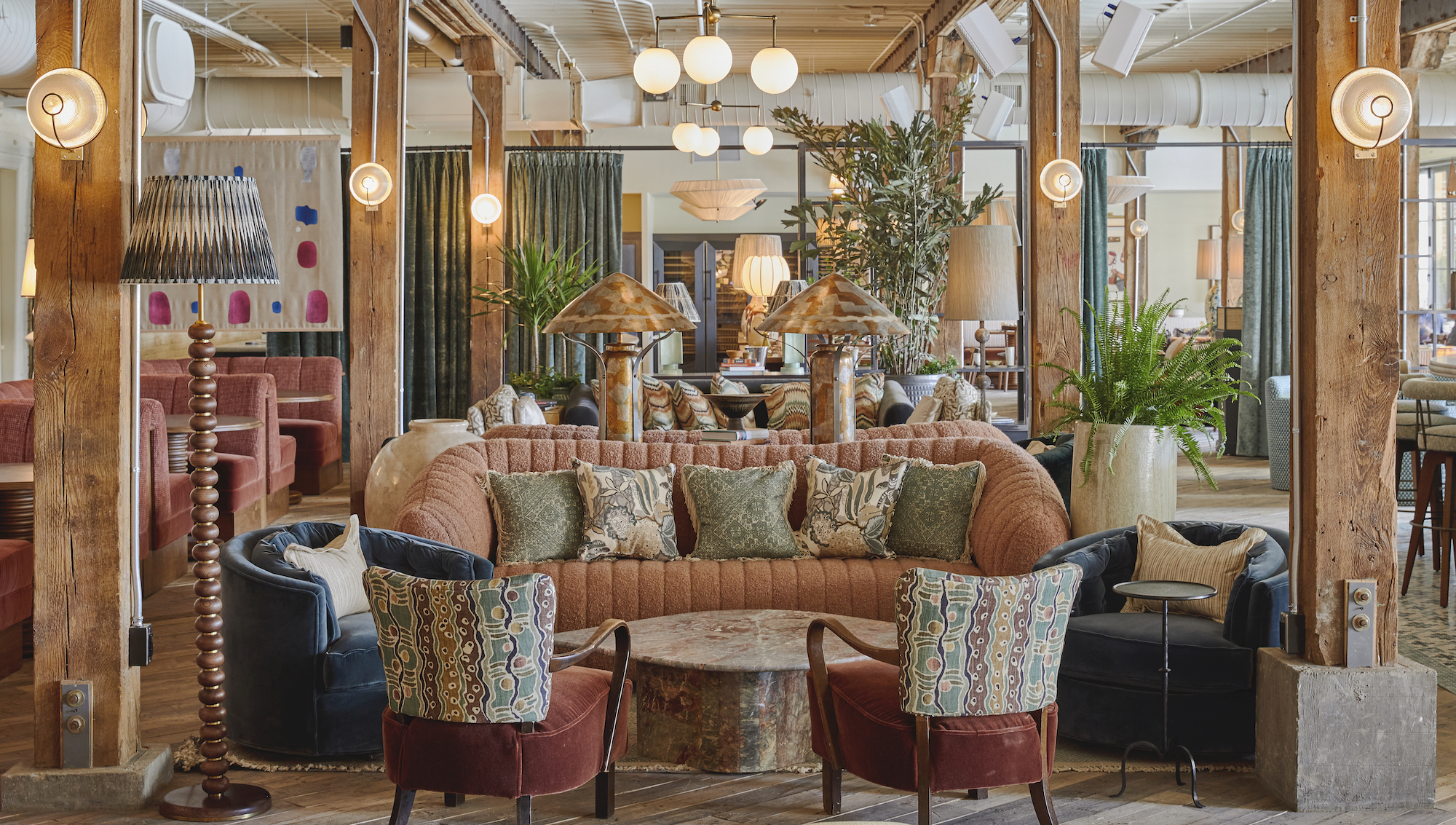
According to the group’s lead designer Harriet Liley, the relationship between residential and home interiors is a symbiotic one: “With each new location, we aim to reflect the unique characteristics of both the House’s heritage and local community, pulling inspiration from the surrounding neighbourhoods and its residences. So really, members’ club interiors are influential on residential interior design, and vice versa.”
Today’s modern members’ club, unlike the classic gentleman’s club, is designed to be inclusive and welcoming, rather than purely exclusive: a true home from home – which makes their interiors, even more so than hotels and restaurants, so relevant to actual homes.
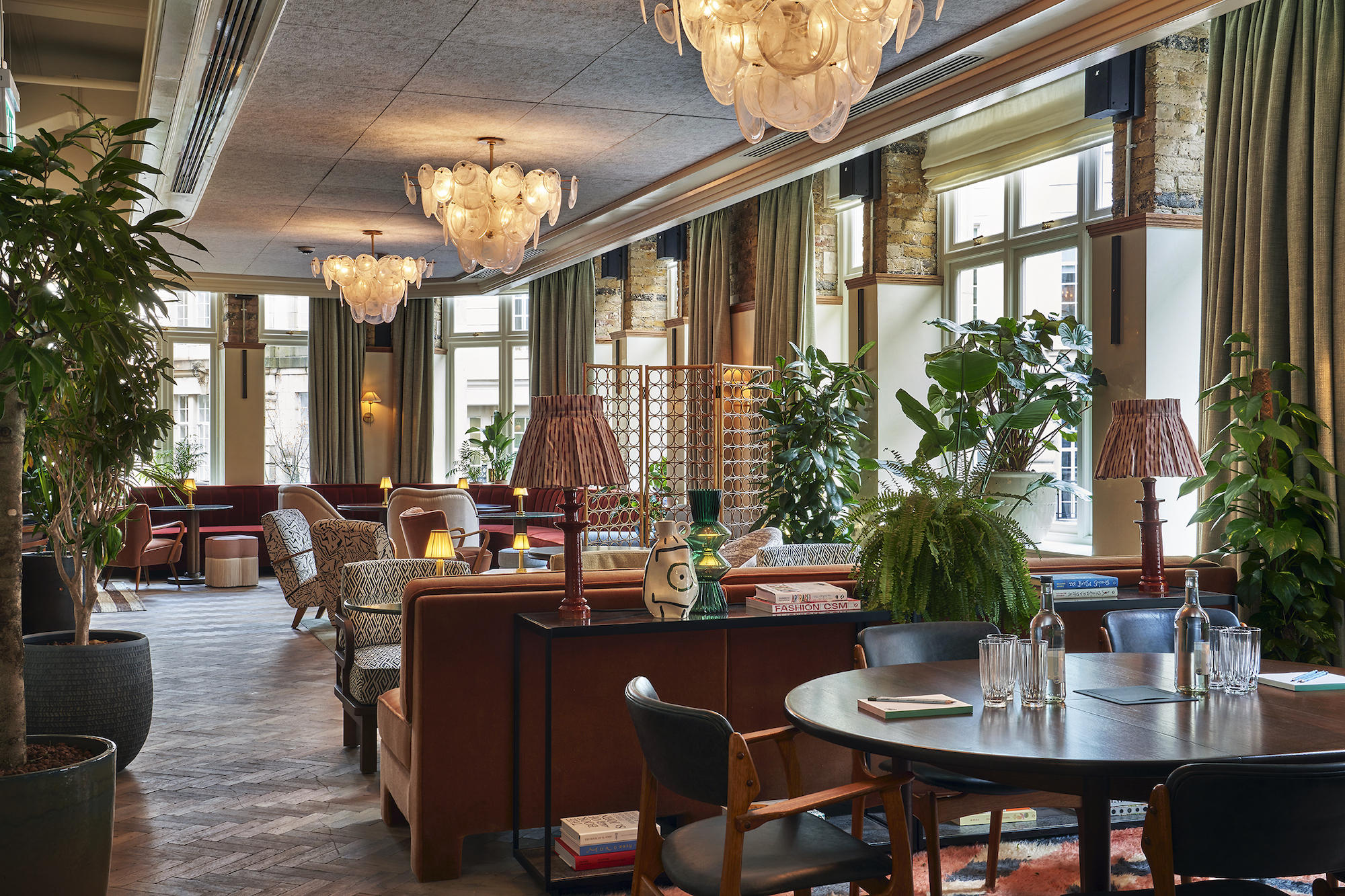
“Designing a members’ club is all about making sure that the interiors feel residential in terms of their scale and their dressing,” agrees Andy Goodwin of design firm Fettle, who worked on the design of the recently opened 1 Warwick club in Soho, London, a sister club to Mortimer House in nearby Fitzrovia.
Designing a members’ club is all about making sure that the interiors feel residential in terms of their scale and their dressing.
Andy Goodwin, Fettle
“They are all-day spaces that need to work at any time of the day for different purposes. At a restaurant, the design can be a bit more out-there because people expect a one-time experience, they want to be transported. The design language at a club typically is a lot more pared back and carefully curated, so you can go in there for breakfast and not feel overwhelmed, and you can stay there all day and not feel oppressed by the environment. That’s what most of us want at home too.”
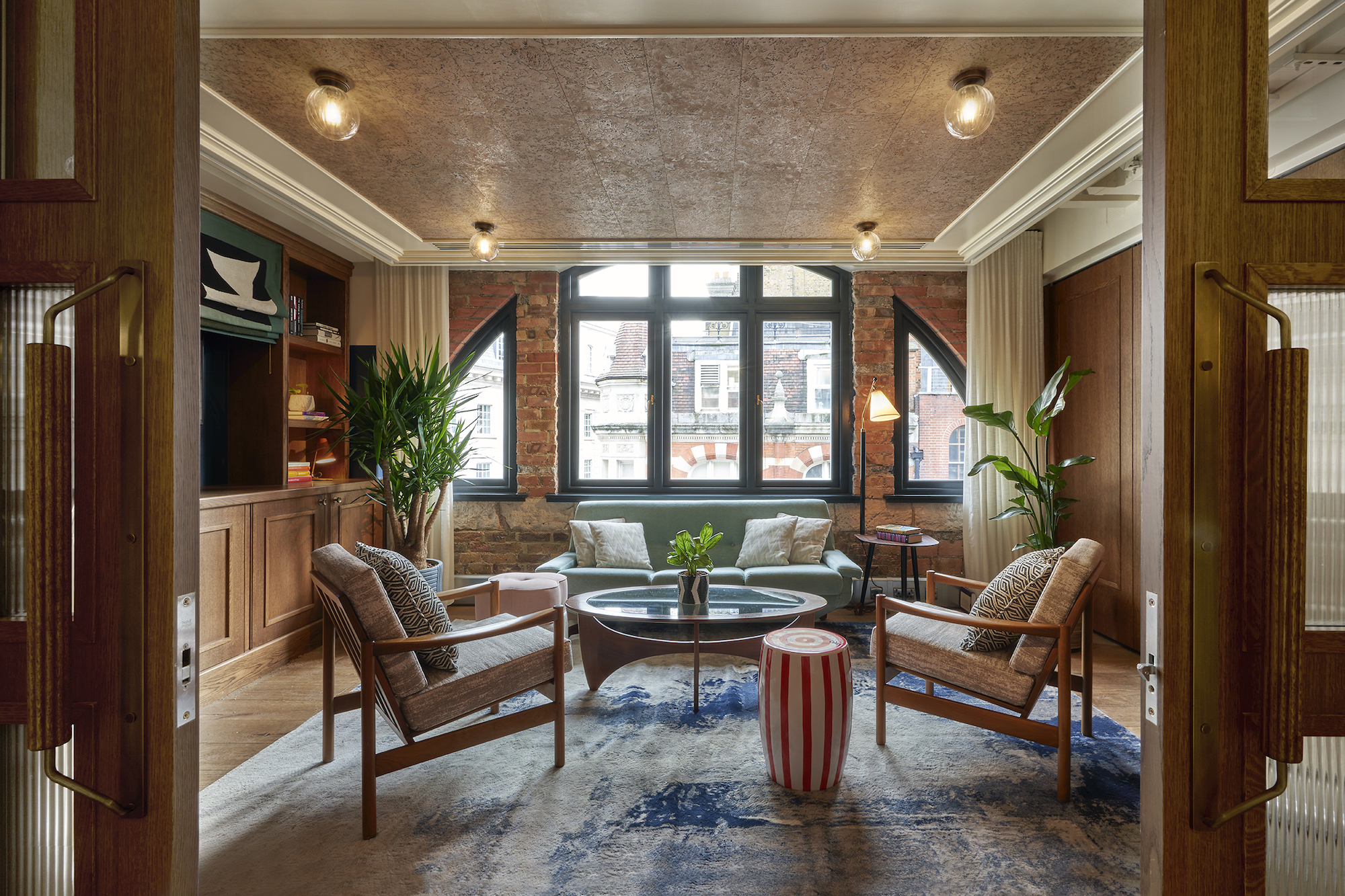
The modern club look is less to do with the big design statement (those instafamous Martin Brudnizki-designed bathrooms at Annabel’s in London being a notable exception) and more about low-key, subtle sophistication: think oversize squashy sofas, vintage marble-topped tables and the all-important relaxed soundtrack. The watchword is multifunctionality, something that is written into the DNA of any club – a space that can segue seamlessly from work meeting to cocktail hour – which is similarly a key requirement in home interiors since the remote-working revolution post-pandemic.
That’s not to say that the interior of a club should be muted and understated, however. Interior designer Anna Burles of design studio Run for the Hills recently completed the interiors of Kindred, a members’ club in west London, and points out that layering is key to creating a comfortable yet inspiring space. “We go to town on the accessories to give that club vibe,” she says.
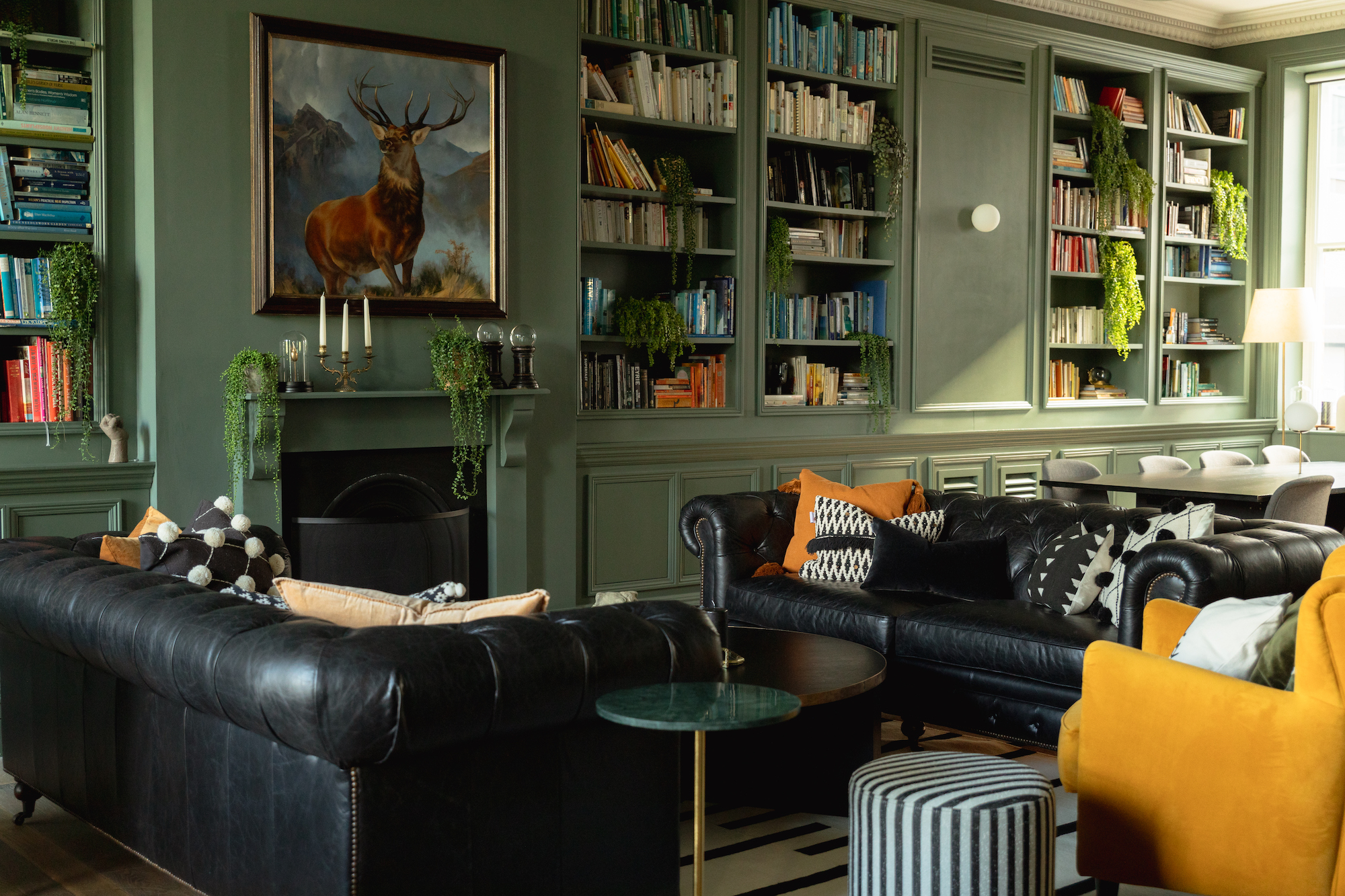
“The dressing and accessorising, the variety of cushions and throws, is far more than you’d see in most people’s homes. There’s more colour, more pattern – not necessarily all different colours, they might be tonal – and your cushions aren’t all the same. Some might have a block colour or pattern, others might have fringing, or tassels, or a clash of patterns on them. It’s those little extra details that give that very tailored look.”
Fabric houses such as Pierre Frey, Dedar and Thibaut are often represented in such multilayered spaces, adding that extra dash of character (Pierre Frey is such a feature of Soho House venues, the group’s Soho Home retail line has a long-running upholstery collaboration with the brand).
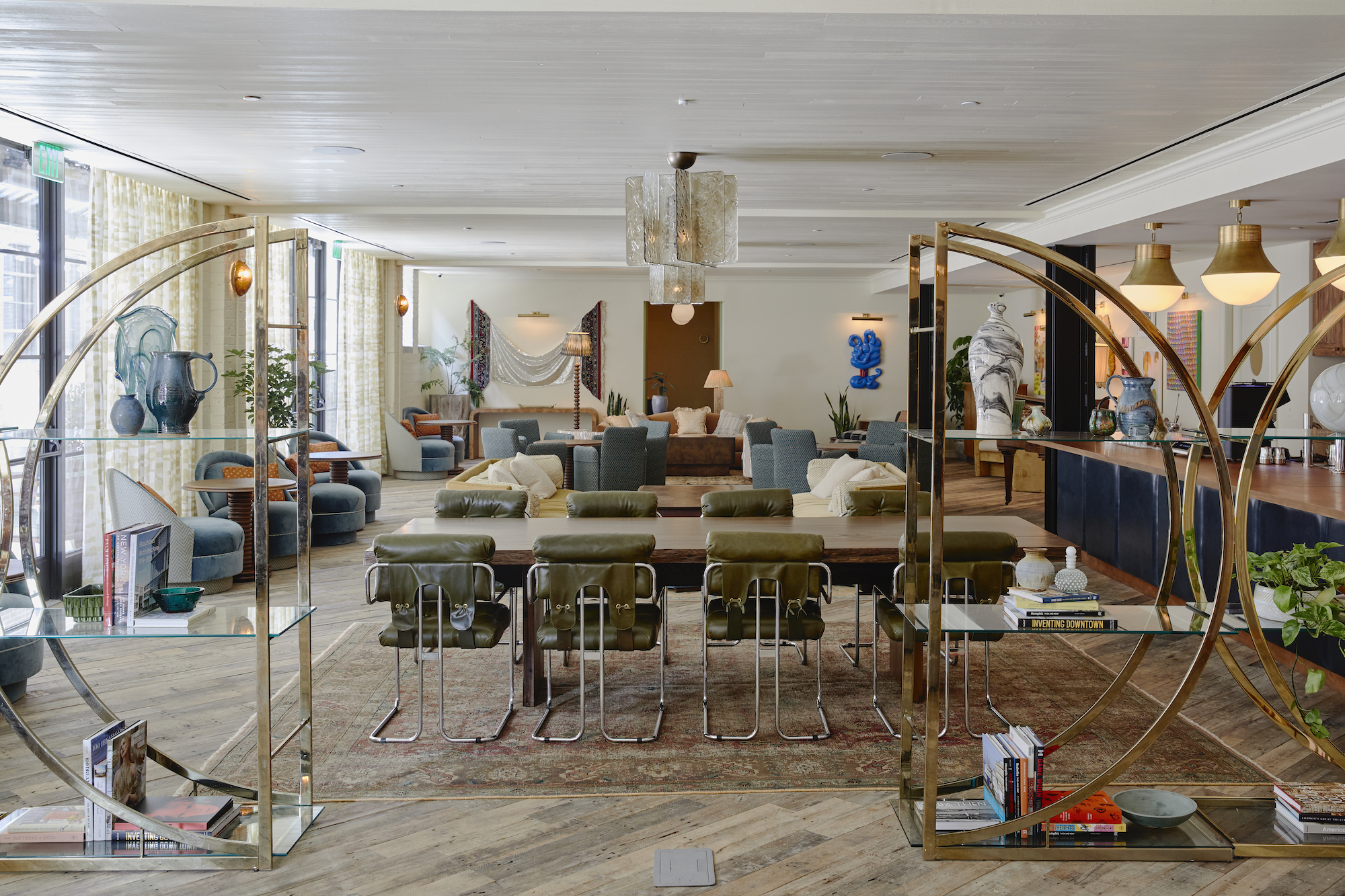
Upholstery, and seating in general, is an area where the influence of the members’ club can clearly be seen filtering into the modern home. The key to a successful and social space, says Burles, is a mix of seating – sofas for lounging in some areas; banquette seating and tables for dining and working in others; high stools in bar areas. “You’ll find a little booth, or a banquette, or a corner nook; there is always loads of lovely fitted seating, which is something we are increasingly doing in residential design, too,” she says. “If you have a slightly awkward corner in a kitchen, for example, a fitted banquette with a table and a handful of dining chairs is the best physical use of the space, and it really gives that club look. And then of course you can have comfortable bar stools at an island, which is really showing itself as a trend in residential kitchen design.”

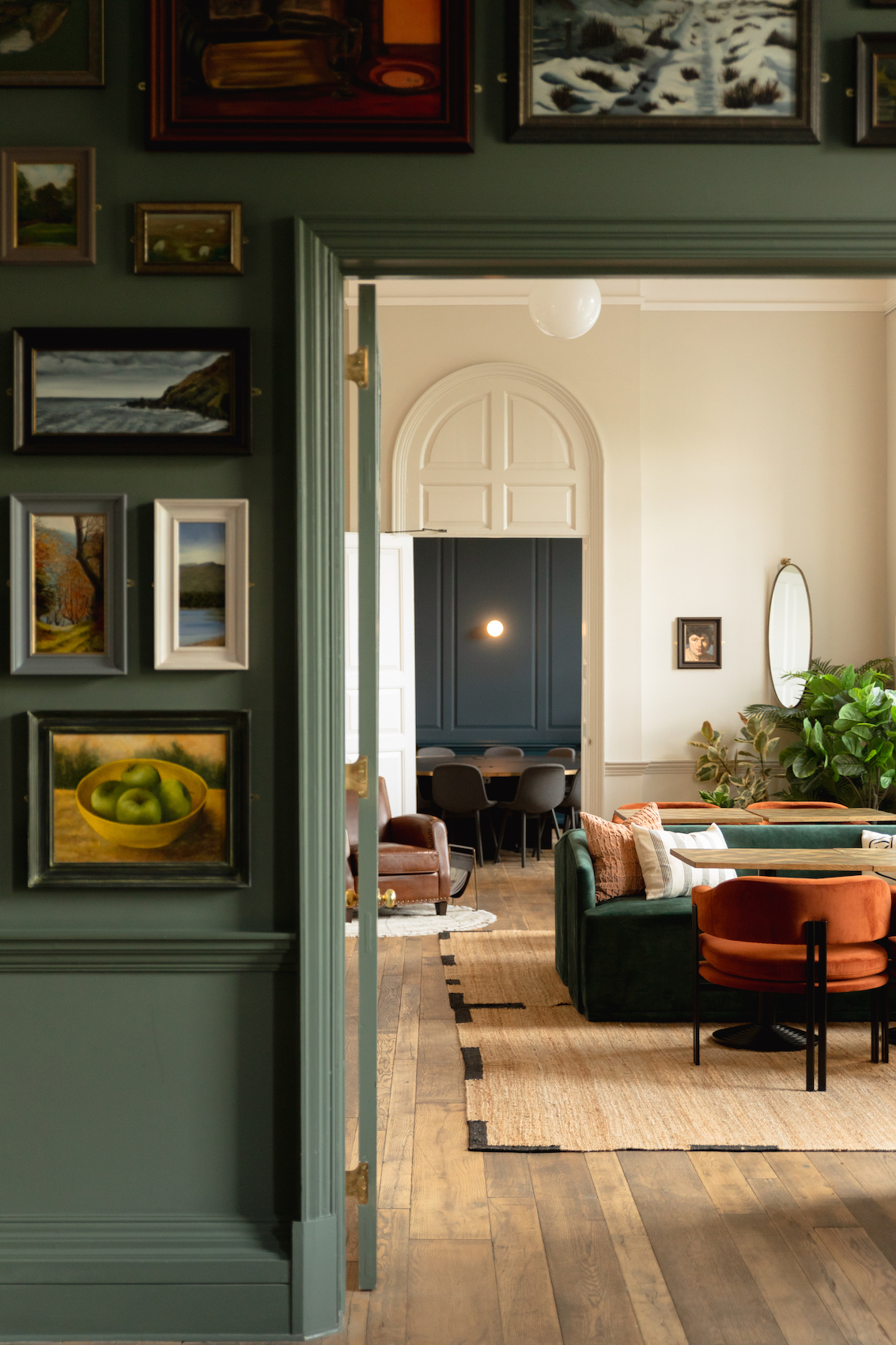
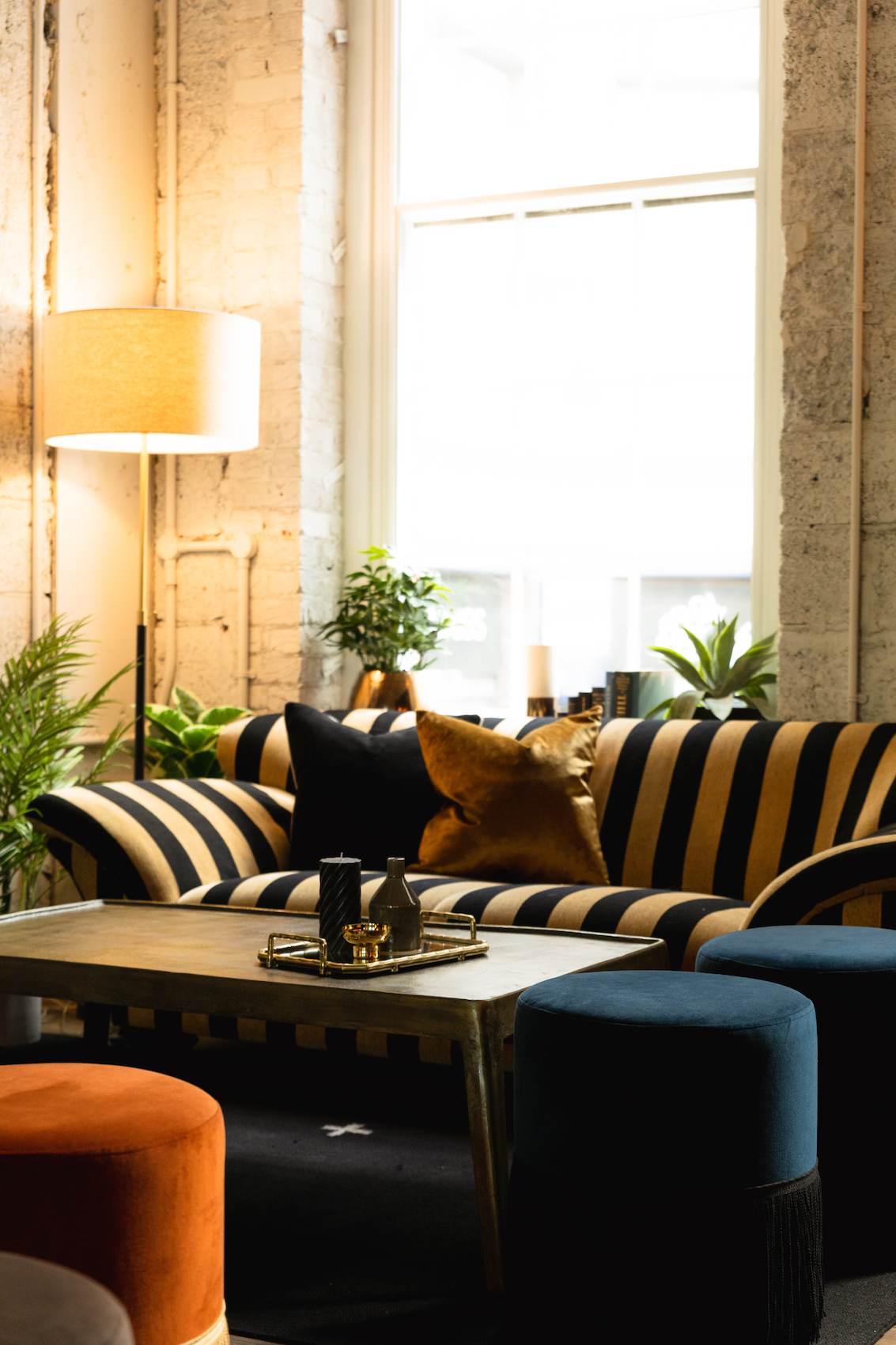
A designated bar area – whether it’s a cocktail trolley, an integrated bar cabinet within a kitchen, or a styled-up drinks tray on top of a sideboard – is another trend that Burles has spotted migrating from the club to the home as a way to import a fun, glamorous vibe. Likewise, the coffee station, where coffee machines, grinders, coffee jars and cups are given their own, carefully curated, dedicated space, rather than sitting haphazardly on the worktop.
But perhaps what really characterises the ambience of a club is the lighting, which is always layered, with a mix of designs and styles, and perfectly tuned to capture the right vibe for the time of day, from energising in the morning to intimate in the evening. There will usually be a statement ceiling light in the foyer and main dining areas – an oversize chandelier, or the scalloped rattan Soane ceiling lights at 1 Warwick, for example – accompanied by a range of wall lights (often integrated within bookshelves in cosy library settings), floor lamps and table lamps.

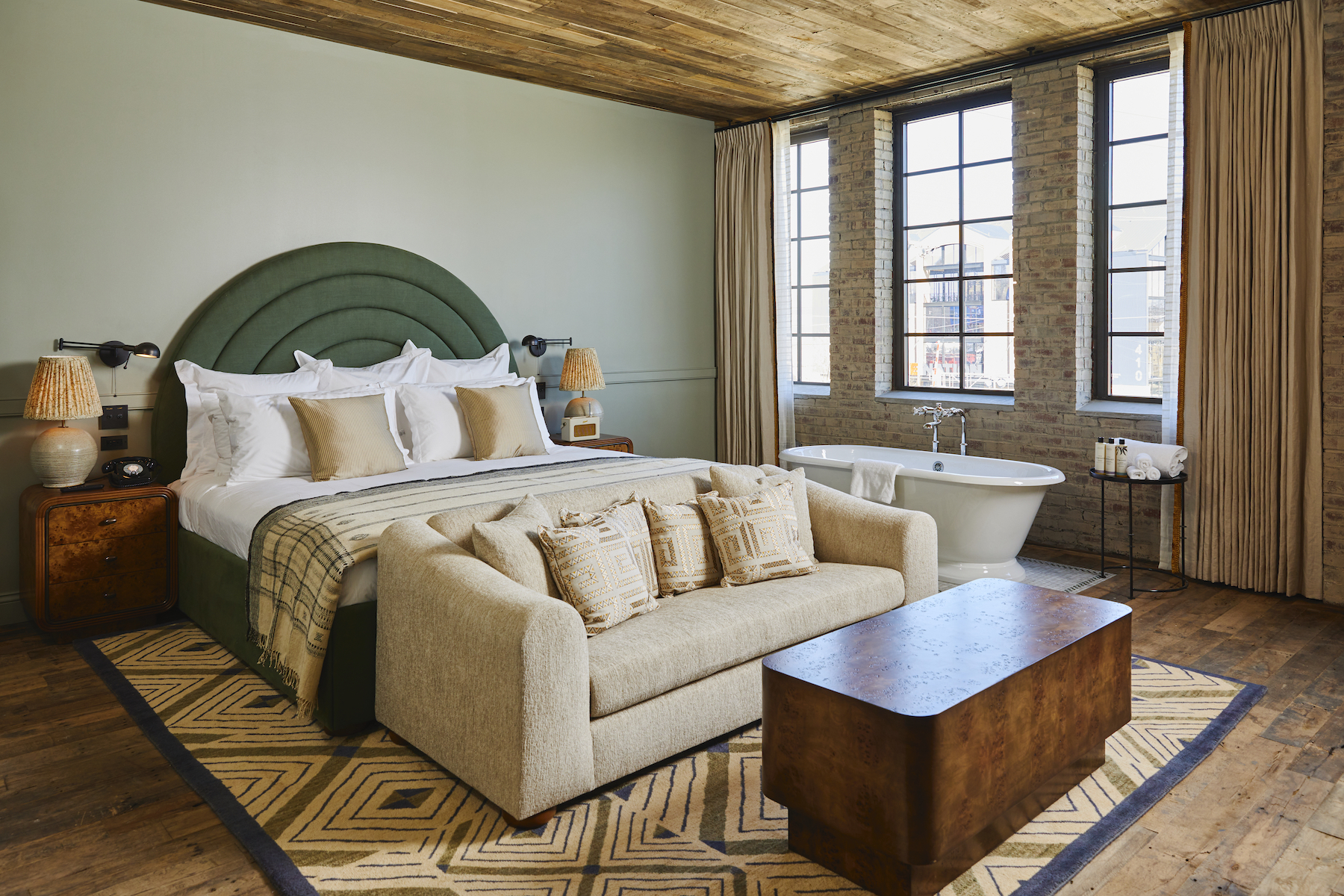
“It’s important to be able to knock those light levels down easily,” says Burles. “We’ll often put those cute little bar-top lamps that you see in clubs and bars on kitchen islands in residential projects now; they really zone your space.” Each of these elements, from furniture and accessories to lighting and ambience, work together to create a space that invites the user to stay all day; which explains why such spaces are so coveted in residential interiors. The raison d’etre of the members’ club is to provide comfort, functionality, sociability and style – and who wouldn’t want such things in their own home?
Read more: Interior Designers | Hotels | Restaurants | Interiors | Vintage | Design | Mid-Century



